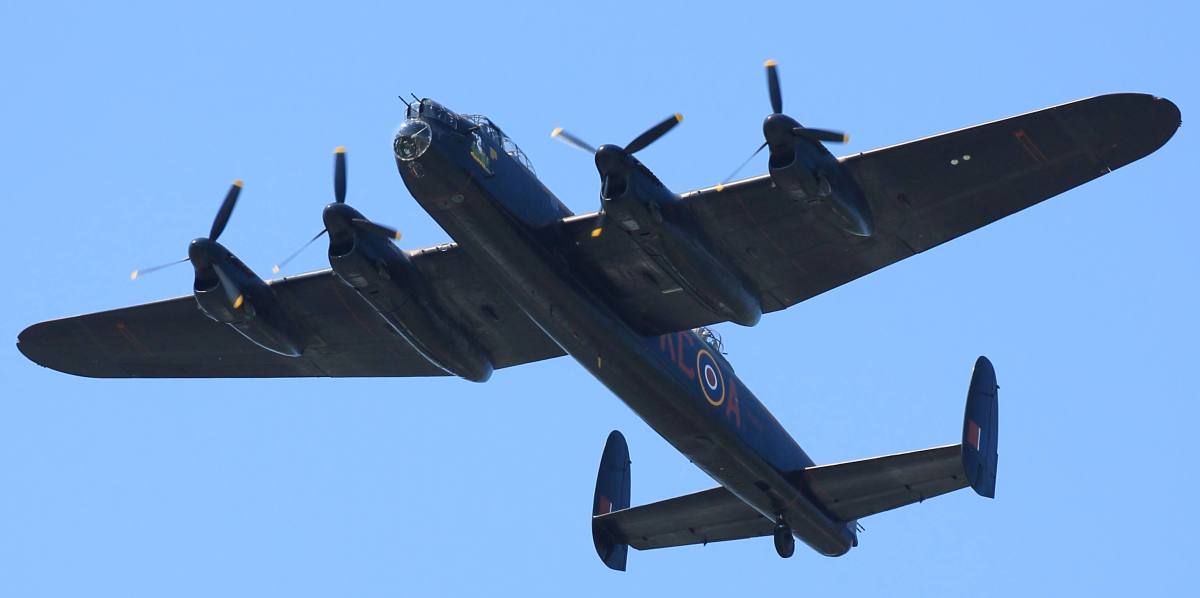Lancaster war plane, a symbol of Allied air power during World War II, dominated the skies over Europe. Its iconic design and impressive payload capacity made it a crucial weapon in the fight against the Axis powers. This deep dive explores the Lancaster’s development, technological innovations, daring missions, and lasting legacy, painting a vivid picture of this magnificent machine and the brave crews who flew it.
From its initial design stages to its post-war impact, the Avro Lancaster stands as a testament to British engineering prowess and the unwavering spirit of its aircrews. We’ll delve into its operational history, examining its successes and failures, and explore the human stories behind the missions. We’ll also compare its capabilities to other contemporary bombers and analyze the technological marvels that made it such a formidable weapon.
Lancaster Bomber: A Legacy of Might
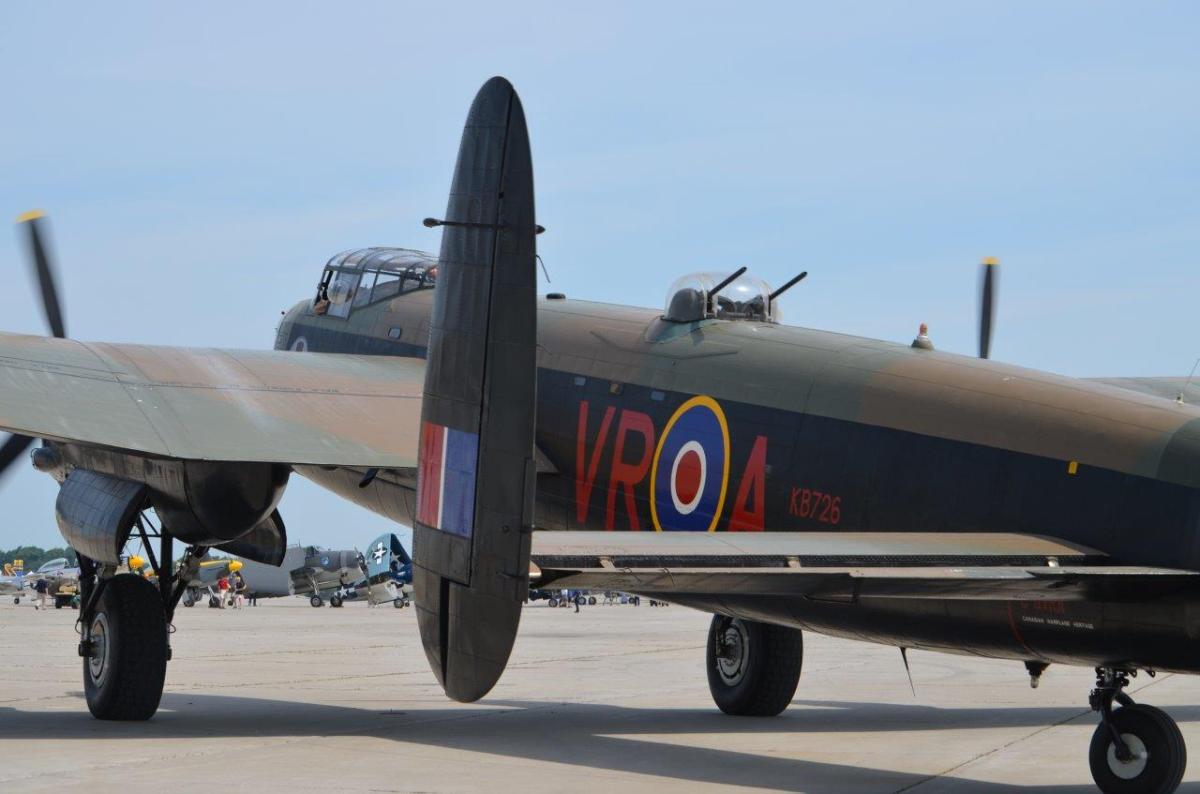
The Avro Lancaster, a four-engine heavy bomber, stands as a symbol of British air power during World War II. Its imposing size, impressive payload capacity, and remarkable resilience made it a crucial element in the Allied victory. This article delves into the history, technology, crews, legacy, and visual aspects of this iconic aircraft.
Lancaster Bomber History, Lancaster war plane
The Lancaster’s development began in the late 1930s, evolving from the Avro Manchester. Facing performance issues with the Manchester’s engines, Avro engineers opted for more powerful Rolls-Royce Merlin engines, leading to the Lancaster’s design. The aircraft’s first flight occurred in January 1941.
The Lancaster played a pivotal role in numerous WWII campaigns, including the bombing of Germany, the Battle of the Atlantic, and operations in the Mediterranean. Its ability to carry a substantial bomb load over long distances proved invaluable. Production began in 1941, culminating in over 7,377 Lancasters built across various marks. While renowned for its strength, it suffered from vulnerabilities such as a relatively slow speed and a comparatively light defensive armament compared to some later designs.
Okay, so you’re thinking about the Lancaster bomber, a seriously impressive warplane. Its size and power were unmatched in its time. But think about modern technology; for firefighting, check out the capabilities of the los angeles fire drone , a completely different approach to aerial support. Just as the Lancaster dominated the skies in its day, these drones are changing the game in modern emergency response.
Pretty cool how technology has evolved, right?
Here’s a chronological overview of Lancaster production and variants:
- 1941: Initial production of Mark I begins.
- 1942-1945: Several marks introduced, each incorporating improvements in performance, payload, and defensive systems. Notable variants included the Mark III, Mark X, and the specialized Mark I Special.
- 1945: Production ceases with the end of the war.
| Aircraft | Max Speed (mph) | Range (miles) | Bomb Load (lbs) |
|---|---|---|---|
| Avro Lancaster | 287 | 2,500 | 14,000 |
| Boeing B-17 Flying Fortress | 287 | 2,000 | 8,000 |
| Consolidated B-24 Liberator | 280 | 3,000 | 8,000 |
| Heinkel He 177 Greif | 270 | 1,800 | 11,000 |
Lancaster Bomber Technology
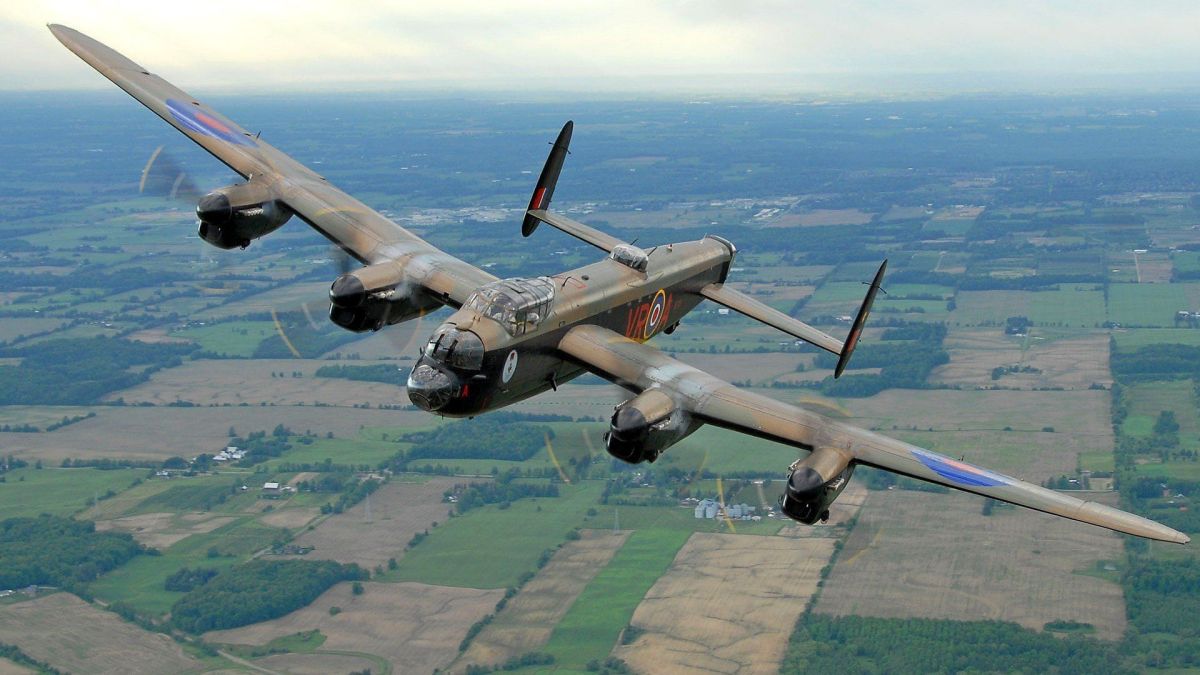
The Lancaster’s power came from four Rolls-Royce Merlin engines, renowned for their reliability and power. These engines allowed for heavy bomb loads and long-range missions. Defensive armament consisted of machine guns in turrets, offering protection against enemy fighters, although this was a relative weakness compared to some later bombers.
Technological advancements included improvements in the airframe’s structural design, utilizing advanced materials to enhance strength and durability. The Lancaster’s success stemmed from its combination of powerful engines, robust airframe, and effective (though not perfect) defensive systems.
The Lancaster bomber, a behemoth of WWII, was all about destructive power. It’s interesting to contrast that with the modern-day role of a scooper plane , which uses its impressive water-scooping ability for firefighting and environmental protection – a complete change in purpose. Thinking about it, the Lancaster’s size is still pretty impressive, even compared to today’s large aircraft.
Materials used in Lancaster construction included:
- Duralumin: A lightweight, high-strength aluminum alloy crucial for the airframe.
- Steel: Used in critical structural components where high strength was needed.
- Fabric: Used for covering parts of the control surfaces.
Lancaster Bomber Crews and Missions
A typical Lancaster crew comprised seven airmen: pilot, co-pilot, navigator, bomb aimer, wireless operator, flight engineer, and rear gunner. Extensive training was required, encompassing navigation, bomb aiming, radio operation, and defensive tactics.
The Dambusters raid (Operation Chastise) remains a legendary Lancaster mission, showcasing the aircraft’s capabilities and the courage of its crews. Missions were fraught with danger, with crews facing anti-aircraft fire, enemy fighters, and the ever-present risk of mechanical failure.
Equipment carried on a typical Lancaster mission included:
- Bombs
- Ammunition for defensive guns
- Navigation equipment (maps, sextants, etc.)
- Radio equipment
- Emergency supplies (food, water, first-aid kit)
Lancaster Bomber Legacy and Impact
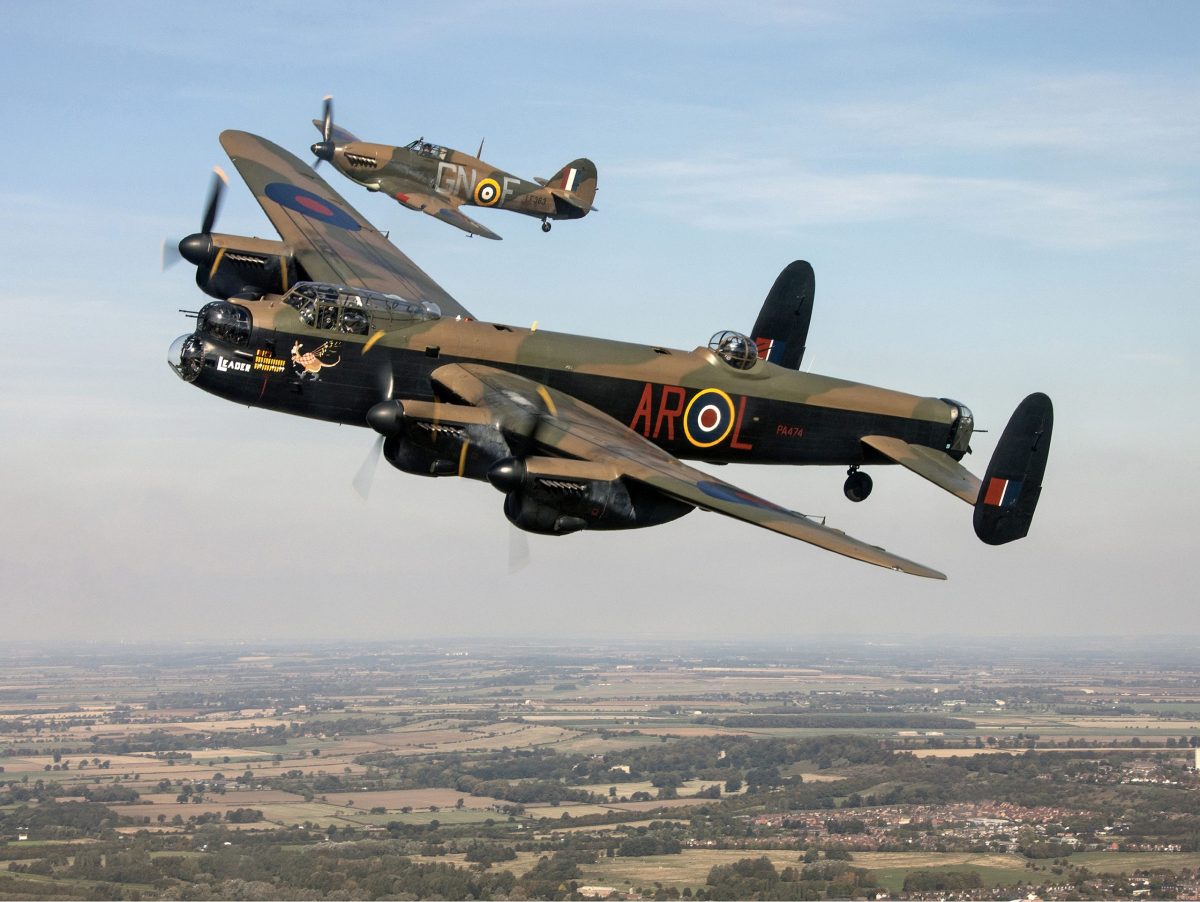
The Lancaster’s influence on aviation is undeniable. Its design and engineering principles influenced subsequent bomber designs. Its cultural significance is reflected in numerous books, films, and museums dedicated to its history. Several Lancasters survive today, meticulously preserved as testaments to their wartime service.
The ongoing restoration and preservation efforts ensure that future generations can appreciate this iconic aircraft. These efforts require considerable resources and expertise, but are crucial to preserving a vital part of aviation history.
A fictional account: The crew of “Thundering Herd,” a Lancaster based in Lincolnshire, faced a harrowing mission over Essen. Navigating through intense flak, they managed to deliver their payload, but returned with significant damage, a testament to the bravery and skill required of Lancaster aircrews.
Okay, so you’re into the Lancaster bomber, that iconic WWII plane? Pretty cool! If you’re looking for some extra puzzle-solving fun related to historical events, check out the clues in this NYT article: nyt connections hints january 8. Maybe there’s a hidden connection to the Lancaster’s wartime missions – it could be a fun challenge to see if you can find one! After all, the history surrounding the Lancaster is full of fascinating details.
Lancaster Bomber Illustrations
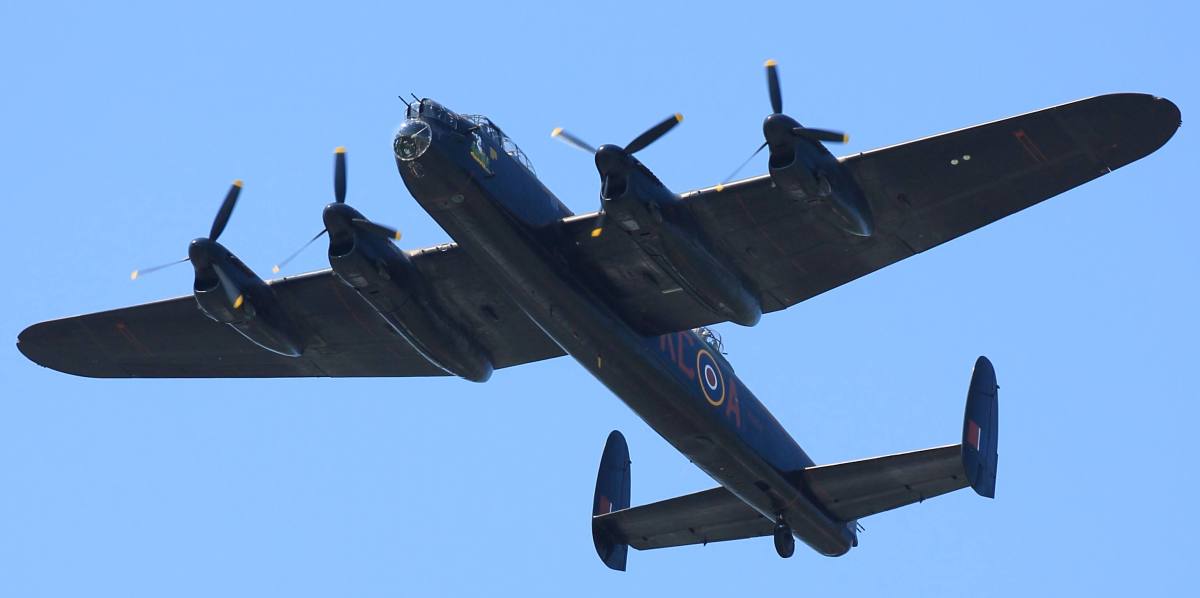
In flight, the Lancaster’s distinctive features—its long, slender fuselage, four powerful Merlin engines, and the prominent bomb bay—are immediately recognizable. On the ground, its immense size is striking, dwarfing other aircraft and highlighting its immense capacity. The cockpit, a complex arrangement of instruments and controls, reflects the sophistication of the aircraft’s systems. The bomb bay, when loaded, presents a powerful image of destructive potential, while empty it showcases the vast internal space.
A Lancaster returning from a mission might display damage to its wings, fuselage, or tail, a stark reminder of the dangers faced by its crews. The scars serve as tangible evidence of the intensity of the air war and the sacrifices made by those who flew the Lancaster.
Epilogue: Lancaster War Plane
The Lancaster war plane’s story is one of both technological achievement and human resilience. From its devastating bombing raids to its enduring cultural impact, the Lancaster continues to inspire awe and respect. Its legacy lives on not only in aviation history but also in the hearts of those who remember its crucial role in securing victory during World War II and in the meticulously preserved aircraft that still grace the skies today.
The Lancaster’s story is a testament to the power of human ingenuity and courage in the face of adversity.
Common Queries
What was the Lancaster’s top speed?
Approximately 286 mph (460 km/h).
How many Lancasters were built?
Over 7,300 were produced.
What types of bombs could the Lancaster carry?
A wide variety, including high-explosive, incendiary, and specialized bombs like the “Grand Slam.”
What is the average lifespan of a Lancaster crew member during WWII?
The survival rate varied greatly depending on the mission and length of service, but it was statistically low due to the dangerous nature of their work.
